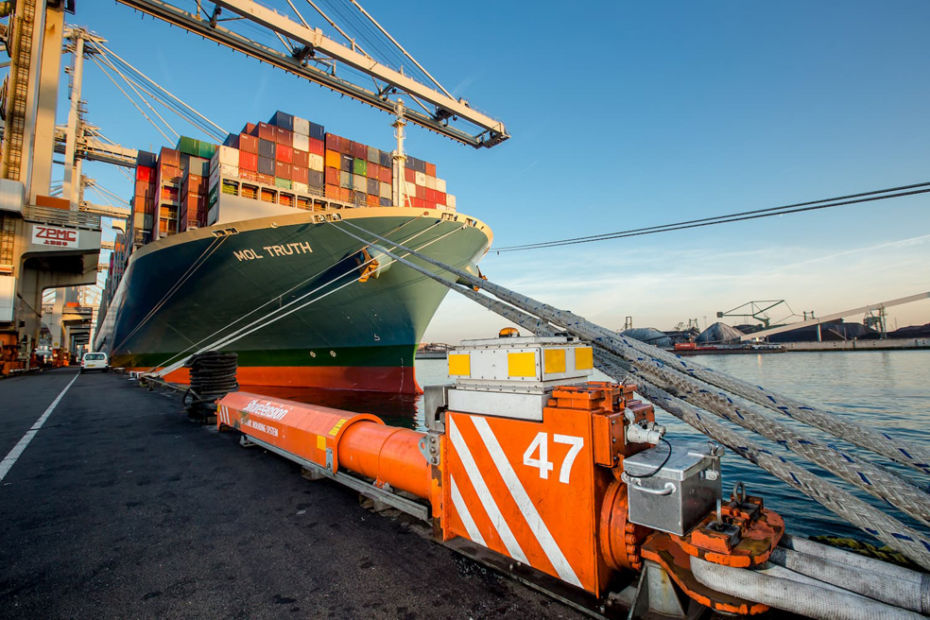Seaports adopt IoT technologies to boost efficiency
- May 2, 2022
- Steve Rogerson

The global market for seaport IoT technologies will grow at a compound annual growth rate of 25% until 2031, according to market intelligence firm Guidehouse Insights.
Private 5G cellular networks, blockchain, robotics and drones have the potential to catalyse technology adoption, says the report, which explores the global market for smart port investment in IoT technologies and covers the technologies necessary to make a seaport a smart port.
Seaports across the globe have begun to implement a range of smart technologies to meet increasing demands on the shipping industry, improve productivity and reduce the environmental impacts of shipping.
The global market for seaport IoT technologies, which includes expected spending on sensors and automation technologies for small and large global ports, is estimated at $2.67bn in 2021. According to Guidehouse, this market is expected to grow to $25.29bn in 2031, at a CAGR of 25.2%.
“Seaports face increased competition for market share due to rising demand for a greater number of goods over a shorter period and growing pressure to further integrate smart technologies to complete their transformation to fully automated, smart ports,” said Richelle Elberg, principal research analyst with Guidehouse Insights. “The potential for growth in investment for key technology areas such as automation, sensors and next-generation cellular networking is tremendous. Smart port technology seeks to bridge these connections to optimise this critical component of the supply chain.”
Investment in digital transformation will likely be driven by ever increasing trade throughput of ports, sustainability initiatives and regulations, and increased competition among ports and terminal operators to have the most efficient processes. Technologies such as private 5G cellular networks, blockchain, robotics and drones have not yet experienced large penetration in seaports, though they have the potential to catalyse technology adoption in the future as cost and regulatory barriers are met, according to the report.
The report analyses the global market outlook for two key technologies: crane automation and sensor deployment across three key segments of the port value chain: docking, in-port and short haul drayage. The study also provides an analysis of other technologies such as communications networking, robots and drones, and data sharing. The global market forecast is broken out by region, technology, port size and segment of the value chain.




